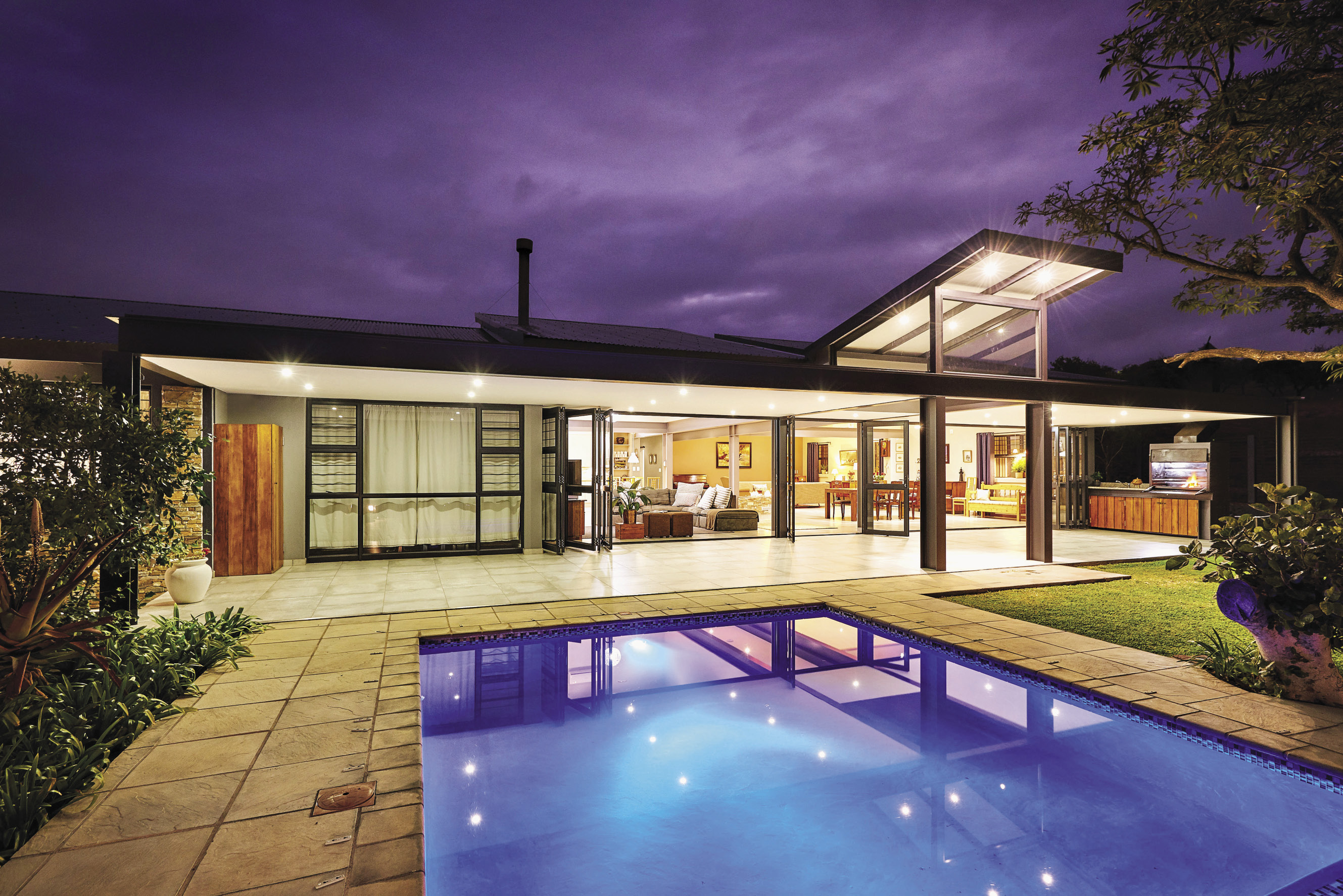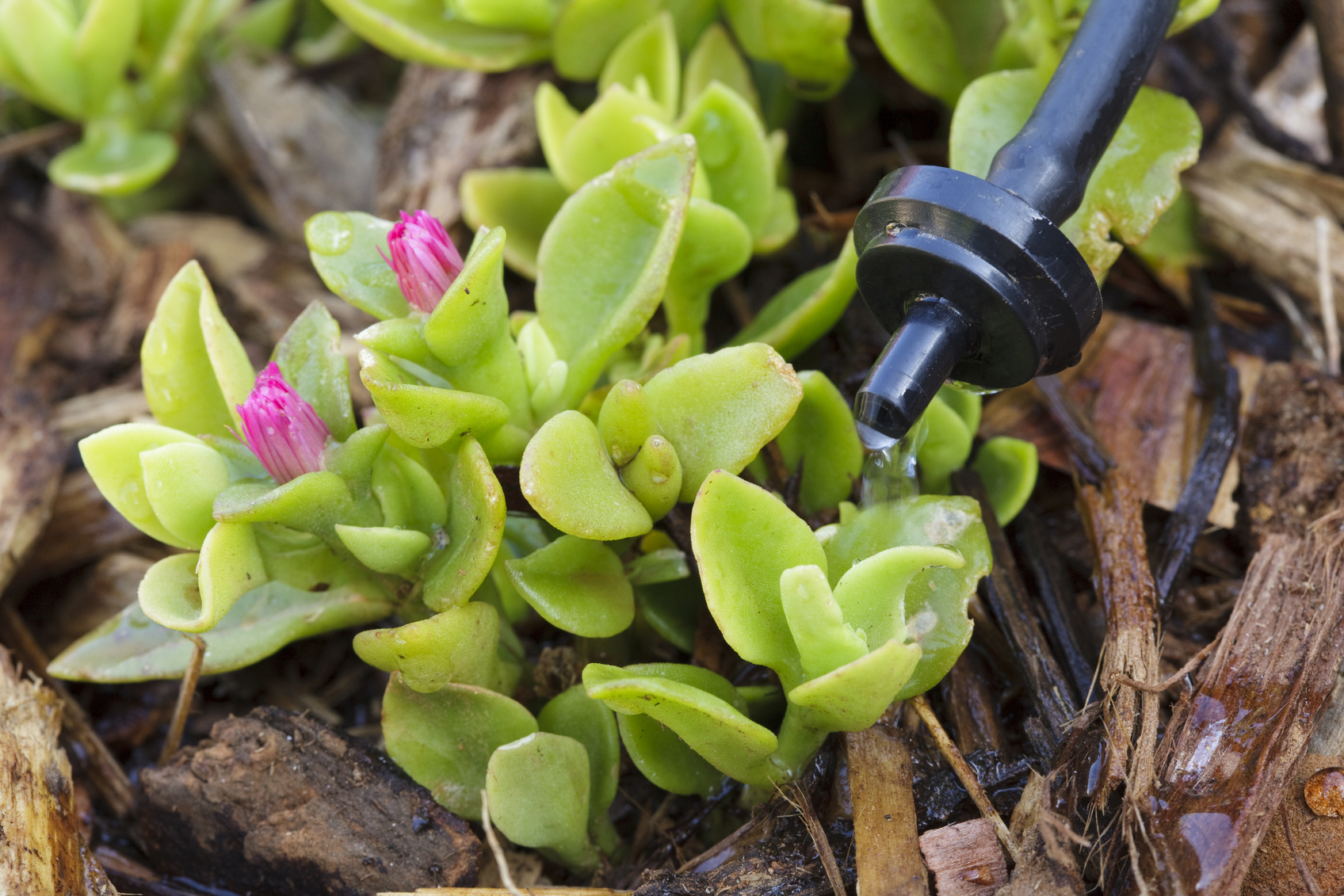Hardscaping is often described as the yin to landscaping’s yang, as Andy De Wet the owner of De Wet Enviroscaping explains. “Hardscaping is the construction or installation of a garden using alternative materials, other than live plants,” he adds.
With hardscaping becoming increasingly popular, trendier materials are now being used. Landscape artists are becoming more creative with their landscaping and hardscaping designs, as well as with the materials used to execute the look. Andy explains: “Gardens have become smaller, and more home owners regard their gardens as an additional room, and therefore want to decorate it.”
Debbie Smit, a design consultant at the Four Seasons Group, points out four elements that hardscaping can be broken down into: “Floors (including paving, tiles, stepping stones and decking), walls (including retaining walls, fences, trellises and gabions), ceilings (including covered patios, umbrellas, awnings, pavilions, summer houses and pergolas) and ornamentation (including pots, containers, sculptures, statues, art pieces, garden furniture, street furniture and water features).”
Jamie Ferreira, the owner of Jamie D Designs, advises that when it comes to selecting hardscaping pieces for your landscape, “make sure the material is practical. Select a durable outdoor tile for safe non-skid surfaces. Select materials that are in scale with the intended project – this applies particularly to small, intimate areas and when viewing a special feature or approaching an important entrance. Loose hard surfaces such as gravel, bark chips, pebbles or brick pieces can be as effective as fixed surfaces especially in areas where there is less traffic, as they often tend to have a softer, user-friendly appearance, which some designs require. Always be bold and interesting when creating surfaces by combining plants with hard materials, and where practical, be led by your own imagination more than by current trends”.
When it comes to taking steps before implementing hardscaping materials, Henk Gobler from Liquid Landscapes advises that you begin with rubble removal: a newly constructed property contains building rubble above and under the subsoil. Once the rubble is removed, one will get a better understanding of the terrain, slopes and contours where the landscaping will be implemented. Grading is another aspect to consider and in essence, grading means building a slope (or slopes) into your property. Such slopes assure the proper drainage of water, beautify the aspect of the house and ensure easier maintenance. Another element to bear in mind is drainage – it’s important to recognise the importance of drainage when creating the landscape. No one wants to live with wet, soggy ground, puddles or standing water; proper drainage eliminates problems that can dampen the enjoyment of your yard.
Finally, it is also recommended to pay attention to trenches and foundations, and these can be excavated by means of mechanical equipment or manual labour at allocated areas. These trenches and foundations will be used to install or construct water features, ponds, irrigation systems and electrical cables for garden illumination.
It’s advisable to use an expert for these installations in order to ensure the correct materials are used and properly installed. When it comes to soil preparation, regardless of the soil in your garden, it can be improved by adding organic matter. If your soil is heavy clay, the addition of organic matter improves both drainage and aeration and also allows for better root development. Liberal amounts of organic matter help sandy soil hold water and nutrients.
After all the above steps are taken, the installation of hardscaping may commence. Whether you select pots, water features or simple garden art, with the variety of hardscaping products on the market, you will be able to create a stunning garden in no time.
However, in order to get a garden that you can really enjoy, it’s important to not get ahead of yourself by using too many materials and creating a cluttered outdoor space, as the effect is in the simplicity and textures of the materials.














Leave a Comment